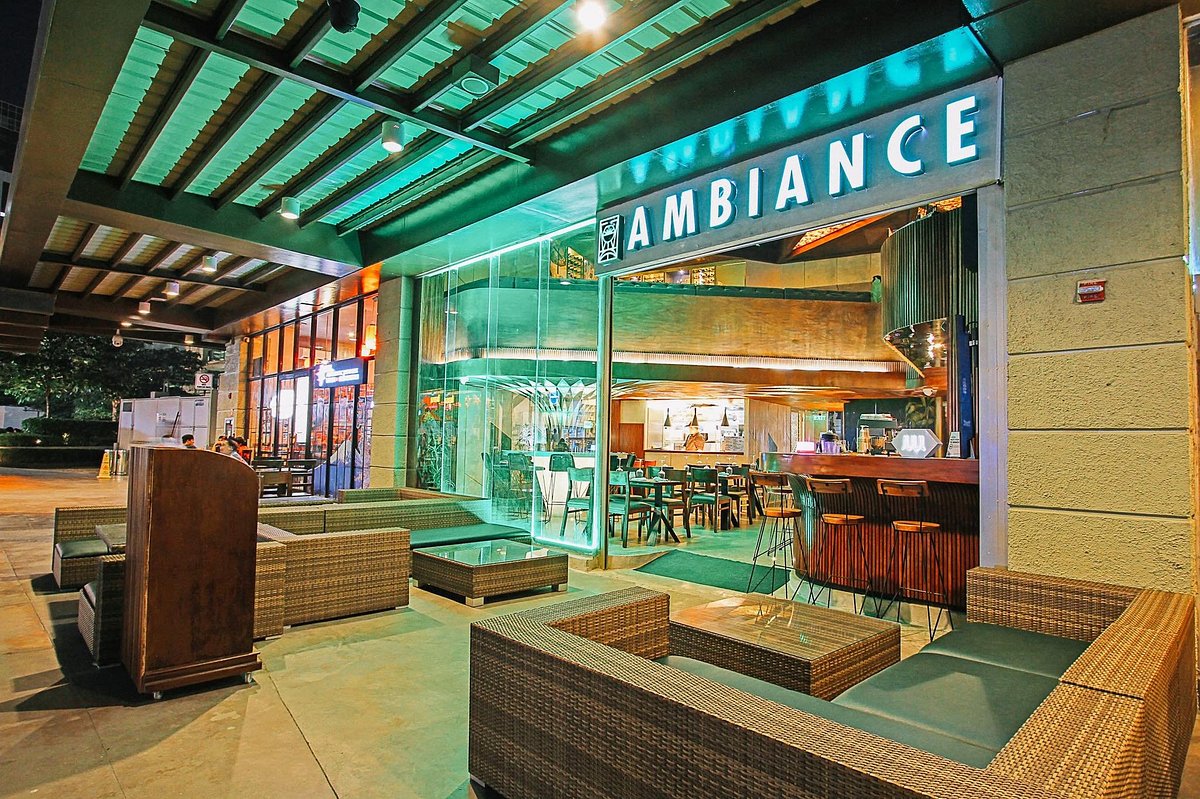Experience the Combination of Cultures in Our Pan-Asian Dining establishment's Oriental Cuisine Offerings
Each recipe on our menu is a thoroughly crafted story, drawing on the abundant heritage of Chinese, Japanese, Thai, Korean, and Vietnamese cuisines. As you check out the details of our offerings, you'll run into a symphony of flavors that shows the vivid variety of these cultures.
Exploring Chinese Cooking Practices
Chinese culinary traditions boast a rich tapestry of tastes and methods that mirror the nation's vast geographic and multiculturalism. From the intense spices of Sichuan cuisine to the delicate dark amount of Cantonese price, each area offers a distinct culinary identity that has actually been developed over centuries. The ideology of stabilizing tastes-- pleasant, sour, bitter, spicy, and salty-- exists at the heart of Chinese cooking, producing dishes that are not just scrumptious however additionally harmonious.
Trick ingredients such as soy sauce, garlic, ginger, and sesame oil develop the foundation of many conventional recipes, adding to the fragrant and unique accounts that define Chinese cuisine. Techniques like stir-frying, steaming, and braising demonstrate the ability and virtuosity included in Chinese cooking, each method enhancing the all-natural tastes of the components.
Regional specialties, such as Peking duck from Beijing, the subtle, savory tastes of Shanghai's soup dumplings, and the vibrant, extreme warm of Sichuan hot pot, offer an insight right into the culinary heritage of China. In a Pan-Asian restaurant setting, these standard meals can be adapted to include different influences, offering patrons a nuanced expedition of Chinese cooking creativity.
Savoring Japanese Specials

Beginning your cooking journey with sashimi, where the quality of the fish takes spotlight, sliced up expertly to improve its all-natural flavor. Our sushi provides an unified blend of vinegared rice and fresh seafood, a homage to the subtlety of Japanese gastronomy. For a warm, calming experience, try our miso soup, a staple that personifies the umami-rich profile of fermented soybeans.

Uncovering Thai Flavor Profiles
As we relocate from the refined beauty of Japanese food, the strong and dynamic flavors of Thai food preparation welcome exploration. Thai food is renowned for its unified equilibrium of sweet, sour, salty, and zesty components, producing a harmony of preferences that captivate the taste buds. Key ingredients like lemongrass, kaffir lime leaves, galangal, and Thai basil pass on fragrant complexity, while fish sauce and shrimp paste provide deepness and umami.
One can not review Thai flavor accounts without mentioning the legendary dishes that exemplify its cooking viewpoint. The popular Tom Yum soup, with its aromatic broth, incorporates spicy, sour, and savory notes, supplying a taste experience that is both comforting and stimulating. asian restaurant isb. In A Similar Way, Green Curry, recognized for its rich coconut milk base, showcases the delicate interaction between sweet taste and spiciness, boosted by fresh herbs and seasonings
Thai cuisine additionally places a strong focus on texture, blending crispy veggies with tender meats or seafood, as seen in meals like Som Tum (environment-friendly papaya salad) This balance of structures includes an additional layer of pleasure to the currently complex flavor accounts. Via these distinctive aspects, Thai food offers a remarkable and dynamic cooking trip.
Appreciating Oriental Seasoning and Warm
Korean cuisine, with its emphasis on bold seasonings and intense warm, provides a special expedition of tastes unique from its Oriental counterparts. At the heart of this culinary experience is gochujang, a fermented red chili paste that supplies a foundation of sweet heat and deepness. Instagrammable restaurants Islamabad. This flexible ingredient is pivotal in recipes such as bibimbap and bulgogi, infusing them with its characteristic spicy-sweet account
Another keystone of Korean seasoning is kimchi, a fermented vegetable dish most generally made from napa cabbage and experienced with chili garlic, ginger, and pepper. Kimchi not only includes a piquant kick to any dish yet likewise supplies probiotic benefits, making it a staple in Oriental dining.
In addition, Oriental bbq highlights the interplay of flavor and heat with sauces that typically include gochugaru, a coarse chili powder. This boosts the flavors of barbequed meats, developing a rich and nuanced preference experience.
Our Pan-Asian restaurant proudly welcomes these elements, using diners an authentic preference of Oriental heat and seasoning. Each meal is crafted to ensure that the vivid flavors and textures of Korean food beam through, offering a remarkable eating experience.
Tasting Vietnamese Freshness
Vietnamese food is renowned for its impressive quality and vibrant, herbaceous flavors, producing a distinctive cooking identity within Asia. At the heart of Vietnamese cooking lies the ideology of balancing contrasting components-- sweet, sour, salty, and spicy. This consistency is noticeable in meals like pho, a fragrant noodle soup that integrates fragrant herbs such as cilantro and basil with the abundant depth of a beef or poultry broth. The addition of lime and chili improves the intricacy, providing a refreshing experience in every dose.
Quality is more exemplified in the legendary summertime rolls, referred to as gỏi cuốn. These clear rice paper rolls are filled with crisp vegetables, fresh herbs, and tender shrimp or pork, come with by a tasty peanut dipping sauce. The look here fragile yet robust tastes highlight the relevance Vietnamese cuisine position on fresh ingredients.
Our Pan-Asian restaurant celebrates this cooking custom by sourcing the finest active ingredients to recreate authentic Vietnamese recipes. The focus on herbs and fresh produce guarantees that each recipe is not only visually attractive yet also a testimony to the lively culture where it stems. Experience Vietnamese freshness with us, where every bite informs a tale of tradition and flavor.
Conclusion
The Pan-Asian dining establishment uses a distinct culinary experience by sympathetically blending the abundant customs of Chinese, Japanese, Thai, Korean, and Vietnamese cuisines. Each recipe is carefully crafted to emphasize the distinctive techniques and genuine components of these diverse societies, creating a natural yet varied gastronomic trip. With a concentrate on balance, quality, and daring, the dining establishment transcends cultural boundaries, giving more helpful hints diners with browse around this site an excellent fusion of tastes that commemorates the essence of Oriental cooking heritage.
While Japanese cuisine is renowned for its simpleness and elegance, it additionally offers a depth of taste achieved via careful preparation and a respect for seasonal ingredients.As we relocate from the refined elegance of Japanese food, the strong and vivid tastes of Thai food preparation welcome exploration.One can not go over Thai taste profiles without pointing out the famous dishes that exhibit its cooking philosophy.Oriental food, with its focus on bold spices and intense warm, provides a special expedition of tastes unique from its Oriental equivalents.Vietnamese cuisine is renowned for its remarkable freshness and lively, floral tastes, developing an unique cooking identity within Asia.